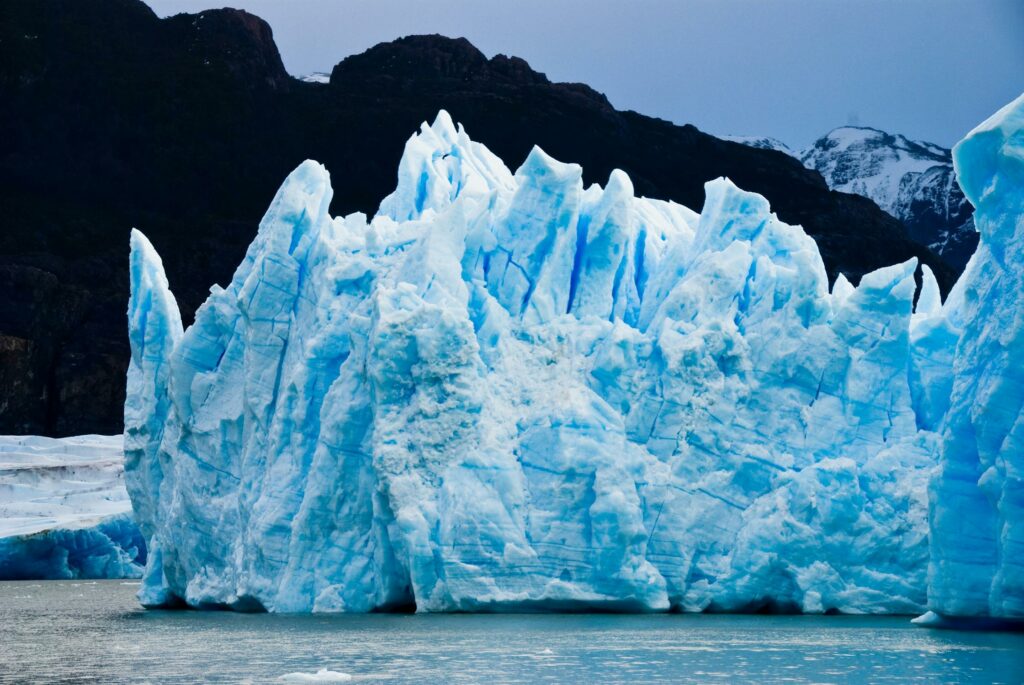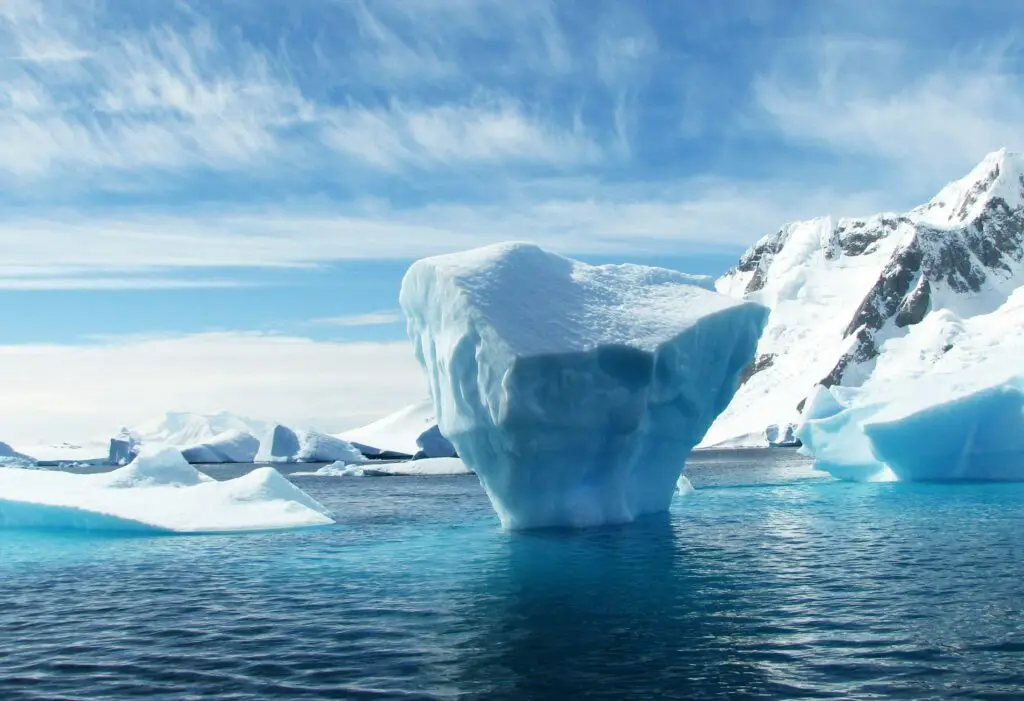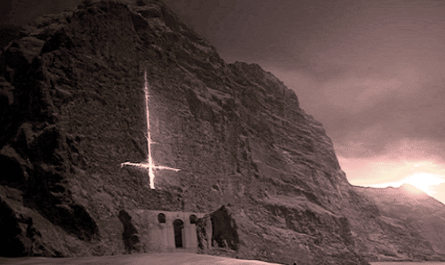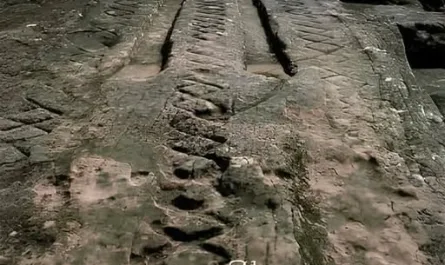The Antarctic Ice Sheet (AIS) has been crucial for the global sea-level rise crisis due to the loss of ice at alarming rates, particularly regions in West Antarctica and parts of East Antarctica.
⚡ **Subglacial lakes and unknown life:** Beneath the ice of Antarctica there are more than 400 subglacial lakes, such as Lake Vostok, which could be home to life forms never seen before, isolated for millions of years. ⚡ **Meteorites and clues about the universe:** Antarctica is a key place to find meteorites, as its ice preserves these space fragments, providing clues about the origin of the solar system.
⚡ **An ancient lost civilization:** Some believe that ancient maps, such as that of Piri Reis, suggest that Antarctica was inhabited or explored before it froze over, possibly by an advanced civilization.
⚡ **Secret bases and conspiracy theories:** There are theories about hidden military and scientific facilities in Antarctica, including alleged Nazi bases built during World War II.
⚡ **Restricted access:** Despite being a continent dedicated to peace and science, access to many areas is strictly controlled, fueling theories about discoveries hidden by governments and organizations.
Antarctica, with its vastness and mystery, remains one of the last great enigmas of our planet. What else is hidden beneath the ice? Perhaps a future discovery will reveal it to us.
Between 2021 and 2023, however, the Antarctic ice sheet gained mass after nearly two decades of steady decline, a study published in Science China Earth Sciences reveals.
According to researchers, the surprising anomaly is a result of unusually heavy snowfall. This led to a gain of around 107.79 gigatonnes of ice per year, reducing the annual rise in sea level to 0.30 millimeters.

The changes were spotted through analysis of the satellite gravimetry data from the GRACE and GRACE-FO missions, which measure variations in Earth’s gravity to detect changes in ice mass.
However, according to researchers, this historic turnaround doesn’t mean a lasting recovery as it is a result of abnormal weather patterns. In order for the trend of gaining ice mass to continue, there needs to be consistent snowfall and cooling temperatures. This, however, isn’t something that is much likely to happen.

Sadly, the climate crisis is still a threat.
The key factors that led the Antarctica to lose ice mass have been the raising temperatures that reduce snowfall accumulation, and the warming of ocean waters, causing chunks of ice to break off and melt into the ocean, raising the seas levels.
Please SHARE this article with your family and friends on Facebook.





